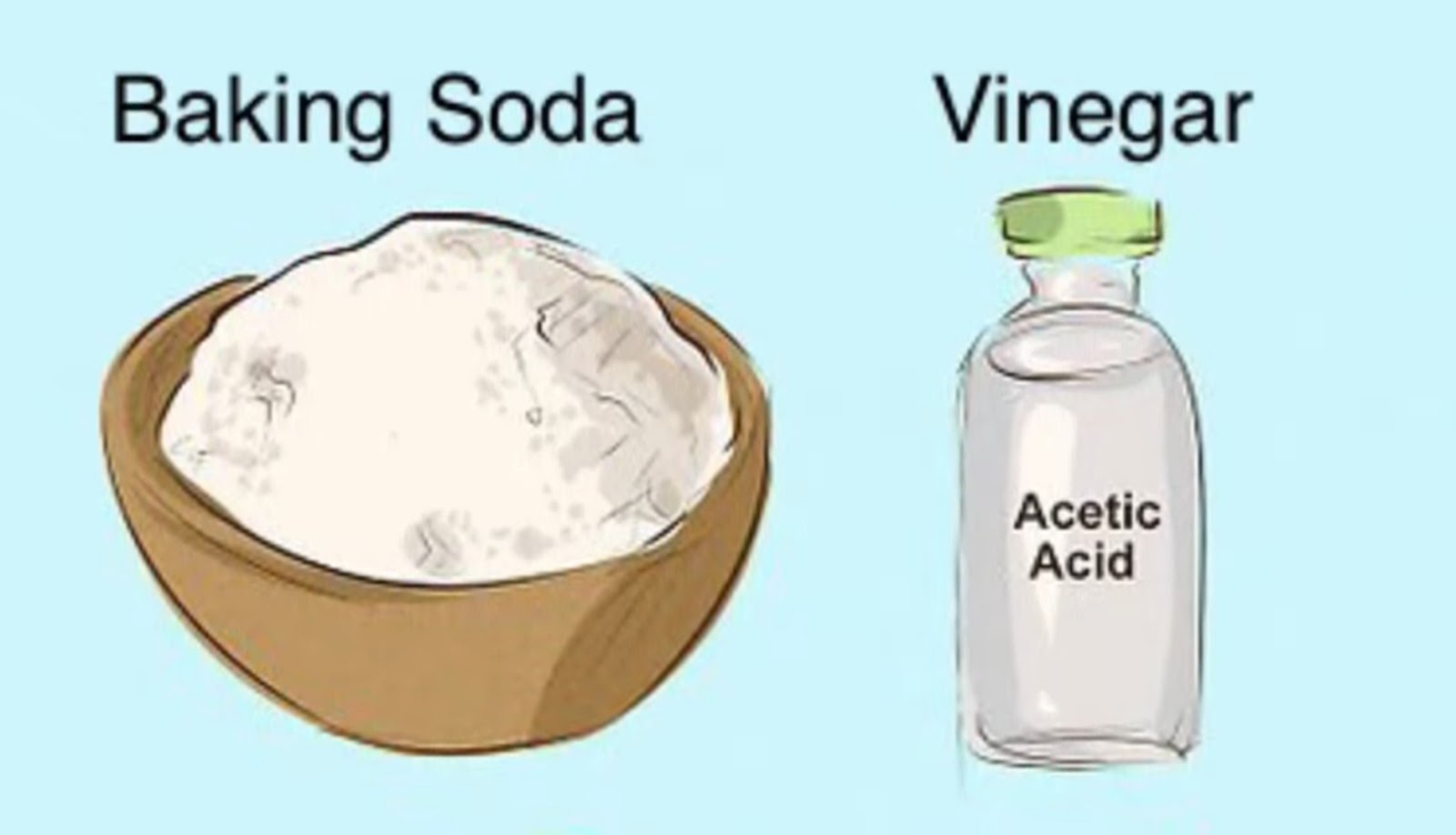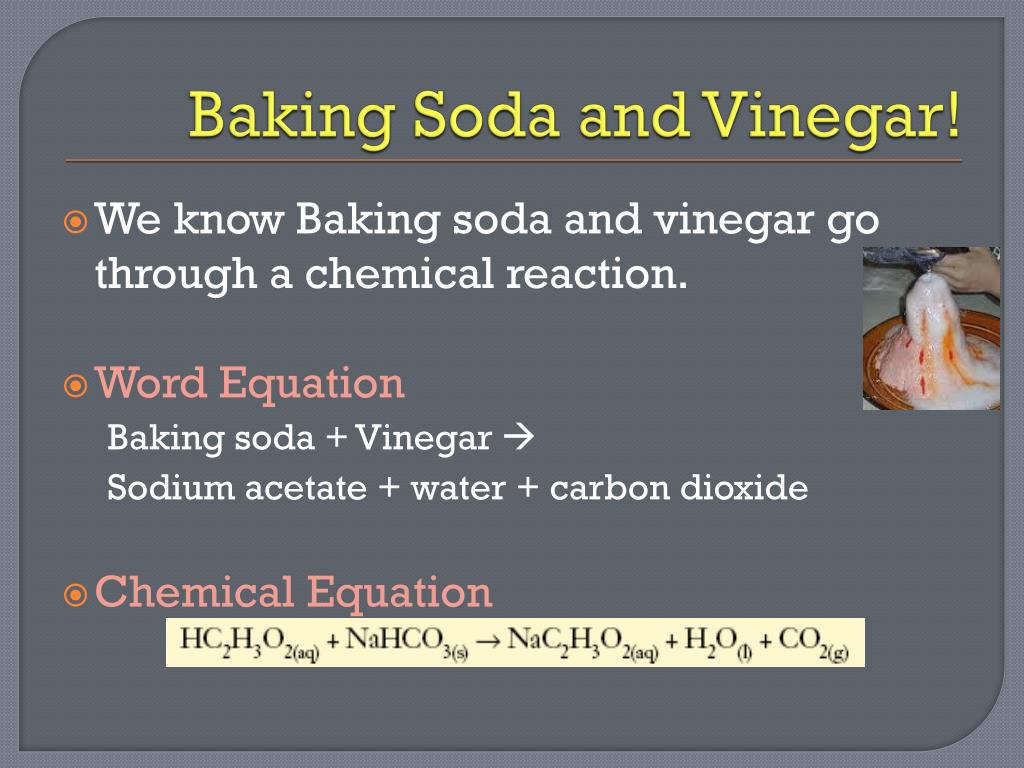
Difference between vanilla and french vanilla lies in its preparation and ingredients, leading to distinct flavor profiles in desserts and baked goods.
Understanding the nuances between different vanilla types elevates culinary creations. Recognizing their unique characteristics enhances flavor precision in both simple and complex recipes.
Mastering the subtleties of vanilla selection allows for optimized flavor profiles in baked goods and desserts. The distinct characteristics contribute to a richer sensory experience.
French vanilla’s roots trace back to the French custard base, which incorporates egg yolks for richness and a distinctive color. This traditional method imparts a creamy texture and nuanced flavor profile absent in standard vanilla extracts.
The practical relevance of this knowledge becomes apparent in everyday cooking. Selecting the right vanilla variant can transform a simple dessert into a culinary masterpiece, impressing family and guests.
Variations abound, with vanilla beans, extracts, and pastes offering different intensities and application methods. A common misconception is that “French” vanilla inherently indicates superior quality, whereas the method truly dictates the outcome.
Delving into the specifics of preparation and flavor profiles reveals the key distinctions that set these vanilla varieties apart. Understanding these nuances empowers informed choices, maximizing the potential of every dish.
Custard base incorporation
Custard base incorporation stands as a pivotal determinant when discerning the difference between vanilla and French vanilla. The traditional French vanilla method involves a custard base, rich with egg yolks, infused during the flavoring process. This introduces not just a distinctively creamy texture, but also a depth of flavor that sets it apart.
The effect of this process translates noticeably in dishes. Ice creams made with French vanilla possess a richer, smoother mouthfeel. Cakes and pastries infused with French vanilla offer an underlying eggy warmth that complements the vanilla essence. These subtle but significant attributes owe their existence to custard base incorporation.
Therefore, when a recipe calls for a vanilla note imbued with substantial body, the choice instinctively leans towards French vanilla. This decision, underpinned by a grasp of custard base incorporation, elevates the end result. Appreciation of this distinction provides tangible benefits in the kitchen.
Egg yolk richness
Egg yolk richness plays a defining role in distinguishing French vanilla from its standard counterpart. This characteristic element not only impacts the texture, but also profoundly shapes the flavor profile, setting it apart in the culinary landscape.
-
Enhanced Creaminess
Egg yolks contribute significant fat content, which results in a silkier, smoother texture. This characteristic is especially apparent in ice creams and custards. A product made with French vanilla exhibits a palpable difference on the palate, owing to the presence of this enriching ingredient.
-
Deeper Flavor Complexity
The presence of egg yolks introduces subtle savory undertones to the vanilla flavor. This complexity complements the sweetness, lending a rounded, more sophisticated taste. This subtle contrast elevates the overall flavor experience, distinguishing it from the simpler, purer notes of standard vanilla.
-
Natural Emulsification
Egg yolks naturally emulsify, binding fats and liquids. This characteristic is critical in creating stable and homogeneous mixtures, especially in desserts. The enhanced emulsification ensures a smoother, less prone-to-separation final product, enhancing both its texture and appearance.
-
Visual Appeal
Egg yolks impart a natural, pale yellow hue to the finished product. This subtle coloring distinguishes French vanilla from the stark white of standard vanilla versions. The visual cue becomes an immediate signal of the richer, more luxurious experience that awaits.
Therefore, egg yolk richness extends beyond a simple ingredient distinction, significantly influencing the texture, flavor complexity, stability, and visual appeal. These attributes collectively establish the definitive divergence between the two vanilla types, illustrating why French vanilla is often associated with a more decadent and indulgent culinary experience.
Flavor profile distinction
The flavor profile distinction serves as the most perceptible facet of the difference between vanilla and French vanilla. Standard vanilla often presents a straightforward, clean vanilla taste, while French vanilla boasts a richer, more complex profile due to its custard base. This infusion introduces subtle notes of egg and caramelized sugar, yielding a warmer, more rounded flavor.
In practical terms, this flavor distinction dictates usage. A delicate pastry cream might benefit from the pure vanilla essence, ensuring the vanilla flavor remains unadulterated. However, a robust ice cream benefits from the depth and warmth of French vanilla, where its complexity complements the other ingredients. Consider a simple vanilla cake; standard vanilla extract yields a pleasant, albeit straightforward, flavor. Switching to French vanilla introduces a subtly richer, more decadent note that elevates the experience, lending a hint of crme brle.
Appreciating this flavor profile distinction is crucial for informed culinary decisions. The choice between vanilla and French vanilla goes beyond mere preference; it impacts the overall character of the final dish. The nuances define the success of certain recipes, highlighting the significance of understanding their flavors. This understanding is paramount for home cooks and seasoned professionals alike.
Tip Metadata
- Category: Ingredient Substitutions
Time & Effort
- Estimated Time: 5 minutes
- Skill Level: Beginner
- Impact: Enhances flavor profile precision in desserts and baked goods.
Tools or Materials Needed
- Vanilla Extract
- French Vanilla Extract (or ingredients to make a custard base)
- Recipes calling for vanilla
Step-by-Step Guide
-
Step 1: Identify the Desired Flavor Profile
Assess the recipe’s intended flavor. If a pure, clean vanilla essence is desired, standard vanilla extract is the preferred choice. Consider whether the recipe could benefit from added richness and complexity.
-
Step 2: Determine if a Custard Note is Appropriate
If the recipe calls for a warm, creamy undertone similar to crme brle or custard opt for French vanilla extract. This provides a depth of flavor that enhances richer desserts and baked goods.
-
Step 3: Substitute Accordingly
In most recipes, standard vanilla extract can be substituted with French vanilla extract at a 1:1 ratio. Be mindful, however, that the French vanilla will impart a subtly different, richer flavor. Consider scaling back slightly if the custard note isn’t heavily desired.
-
Step 4: Taste and Adjust (If Possible)
When making items like frosting or pastry cream, taste the mixture after incorporating the vanilla. Adjust the amount as needed to achieve the ideal balance. For baked goods, the change will be more subtle.
A common mistake is assuming that “French” vanilla automatically equates to superior vanilla flavor. The key distinction lies in the added custard base. If aiming for a bright vanilla flavor, stick with the standard extract. Variations include using vanilla bean paste for a more intense flavor or making a homemade French vanilla extract by infusing vanilla beans into a custard base.
Pro Tip or Variation
For a more pronounced French vanilla flavor in recipes using standard vanilla extract, consider adding a small amount (e.g., 1/4 teaspoon per cup of liquid) of custard powder or egg yolk powder to the batter or mixture. This replicates the richer, more decadent flavor found in authentic French vanilla.
Best Practices & Expert Tips
- Start with Quality Vanilla Use high-quality vanilla extract or vanilla bean paste as the foundation for both standard and French vanilla flavors. The better the base, the better the final outcome.
- Incorporate at the Right Stage Add vanilla extract or French vanilla extract towards the end of the cooking or baking process to preserve its delicate flavor. High heat can diminish its potency.
- Consider Alcohol Content Be mindful of the alcohol content in vanilla extract, especially in no-bake recipes. Too much can lead to a harsh or bitter taste. Use vanilla bean paste as an alternative for a less alcoholic flavor.
- Bloom Vanilla Bean Paste When using vanilla bean paste, “bloom” it by adding it to a small amount of warm liquid (milk or cream) for 5-10 minutes before incorporating it into the recipe. This helps to release more of the vanilla’s flavor.
Variations & Common Mistakes
- Vanilla Bean Infusion Infuse milk or cream with a split vanilla bean to create a more intense vanilla flavor. Remove the bean before using the liquid.
- Vanilla Sugar Variation Create vanilla sugar by storing a vanilla bean in a jar of granulated sugar. Over time, the sugar will absorb the vanilla’s aroma and flavor.
- Overusing Vanilla Extract Adding too much vanilla extract can result in a bitter or medicinal taste. Start with a small amount and adjust to taste.
- Assuming French Vanilla Superiority Do not automatically assume French vanilla is “better” than standard vanilla for all applications. The flavor profile is different, not inherently superior. Choose the type based on the desired outcome.
- Baking at Excessive Temperatures Baking at excessive temperatures will cause the vanilla to bake out. Maintain the recommended temperature for your recipe.
Why This Tip Matters
Understanding the nuanced difference between vanilla and French vanilla empowers you to make informed decisions that elevate your baking and dessert creations. It’s about more than just following a recipe; it’s about understanding flavor and crafting delicious results.
This simple distinction opens up a world of culinary possibilities. Whether you’re whipping up a batch of cookies, crafting a decadent ice cream, or perfecting a pastry cream, knowing when to use each type of vanilla allows you to tailor the flavor profile to your exact preference.
So, go ahead and experiment in your kitchen! Try substituting French vanilla in your favorite vanilla cake recipe and see how the subtle custard notes transform the flavor. We encourage you to share your results, any variations you discover, or your own expert tips in the comments below.
Happy cooking, and may your kitchen always be filled with the delightful aroma of vanilla!
Images References :
Image used for illustration purposes only. All rights belong to their respective owners.


